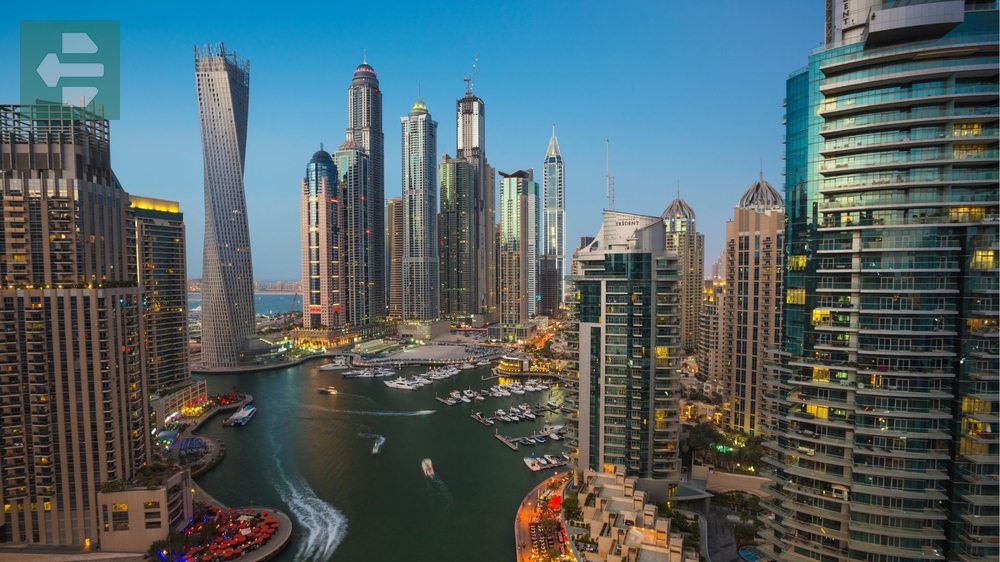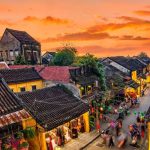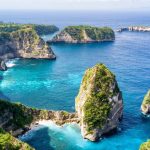Dubai offers an extraordinary blend of modern marvels and traditional charm, from towering skyscrapers to historic souks. The best places to visit in Dubai include the iconic Burj Khalifa, sprawling Dubai Mall, luxurious Palm Jumeirah, and the architectural wonder Burj Al Arab.
Keep reading as we explore Dubai's most captivating destinations that will transform your trip into an unforgettable Arabian adventure.
List of Contents
- 1. Burj Khalifa: Touching the Sky
- 2. Dubai Mall: A City Within a City
- 3. Palm Jumeirah: Engineering Marvel
- 4. Burj Al Arab: Architectural Poetry
- 5. Dubai Marina: Waterfront Living
- 6. Gold Souk: Glittering Traditions
- 7. Spice Souk: Aromatic Journey
- 8. Dubai Creek: Historic Heartbeat
- 9. Atlantis The Palm: Underwater Kingdom
- 10. Desert Safari: Timeless Adventure
- 11. Dubai Fountain: Dancing Waters
- 12. Museum of the Future: Tomorrow Today
- Your Dubai Adventure Awaits
1. Burj Khalifa: Touching the Sky
The world's tallest building stands 828 meters above Dubai, piercing clouds on clear days. At sunrise, when the city sleeps below and the first light catches the glass facade, you understand why this tower became Dubai's crown jewel.
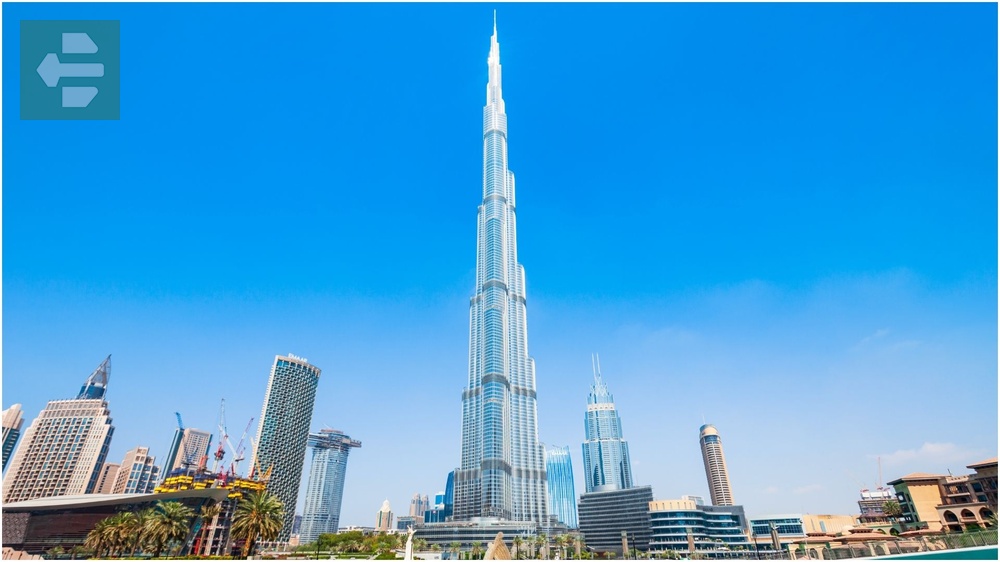
The observation decks on floors 124, 125, and 148 offer three different perspectives of the sprawling metropolis. Floor 148 provides the most exclusive experience—a 30-minute timed visit with refreshments and panoramic views that stretch to the horizon.
Arrive 15 minutes early for security checks. The high-powered telescopes help identify landmarks across the city, turning your visit into a geography lesson of modern Dubai.
Quick Facts:
- Peak Season: November to March
- How to Get There: Dubai Metro to Burj Khalifa/Dubai Mall Station
- Entrance Fee: From AED 149
- Suggested Duration: 2-3 hours
- Sub-locations: At The Top (124-125), At The Top SKY (148), At.mosphere Restaurant
2. Dubai Mall: A City Within a City
Dubai Mall spans 1.1 million square meters and houses over 1,200 shops, making it more than a shopping destination—it's a complete entertainment ecosystem. The massive aquarium tank holds 10 million liters of water and 65,000 marine animals swimming behind a 750-ton acrylic panel.
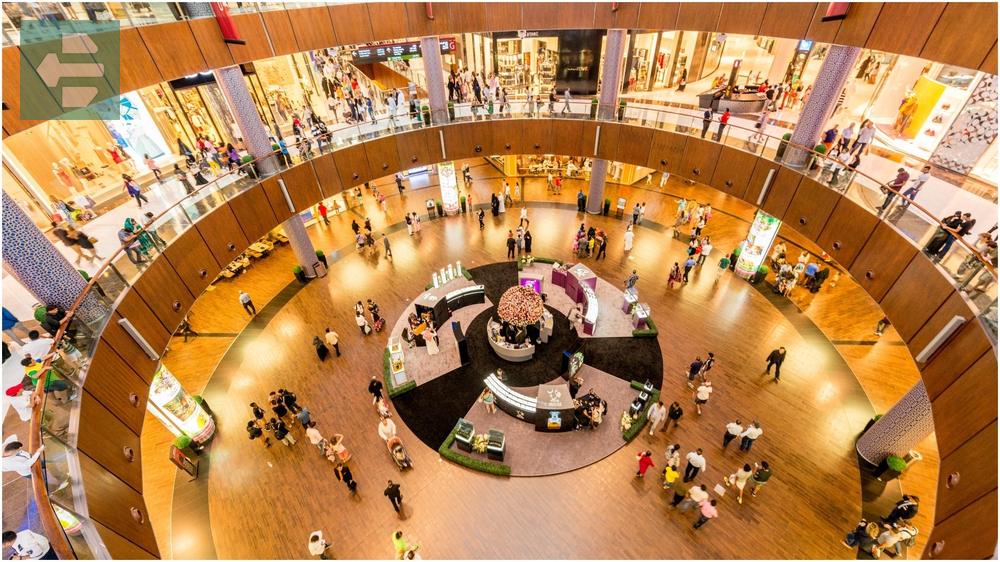
The ice rink provides relief from Dubai's heat, while the indoor waterfall creates a natural soundtrack throughout your visit. Navigate using the mall's mobile app—you'll need it in this retail labyrinth.
Weekday mornings offer the quietest shopping experience. The connected walkway to Burj Khalifa station eliminates outdoor heat during your journey.
Quick Facts:
- Peak Season: Year-round, weekends busiest
- How to Get There: Dubai Metro to Burj Khalifa/Dubai Mall Station
- Entrance Fee: Free (attractions separately priced)
- Suggested Duration: Half to full day
- Sub-locations: Dubai Aquarium, Ice Rink, Kidzania, VR Park, Waterfall
3. Palm Jumeirah: Engineering Marvel
This artificial archipelago stretches 5 kilometers into the Persian Gulf, visible from space and home to luxury resorts, private beaches, and exclusive residences. The palm-tree shape required 94 million cubic meters of sand and 5.5 million tons of rock.
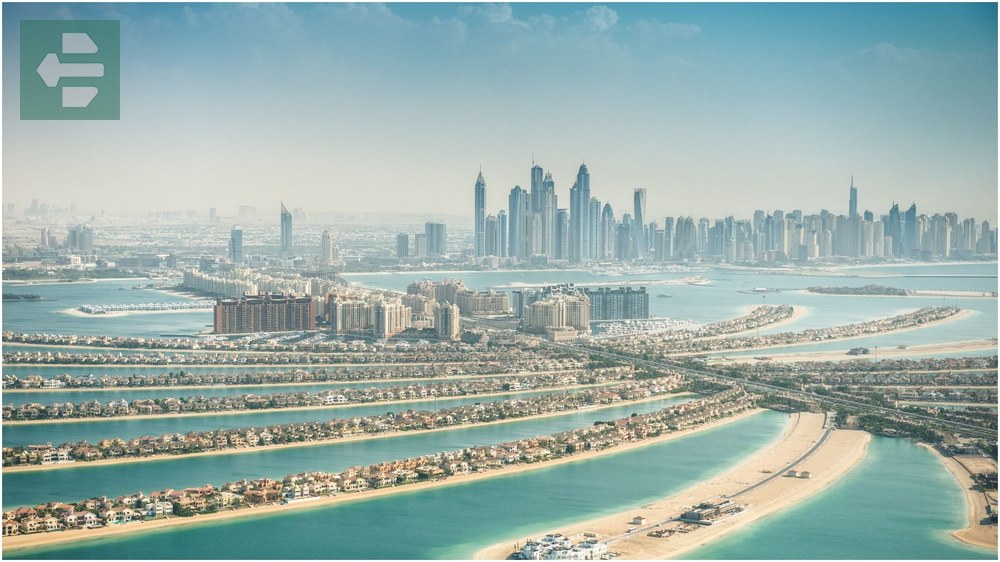
Walking the trunk road reveals the scale of this engineering achievement. Each frond houses villas with private beach access, while the crescent acts as a breakwater protecting the inner lagoons.
The monorail journey from mainland to Atlantis offers aerial views of the entire palm structure. Early morning walks along the boardwalk provide cooler temperatures and clearer photographs.
Quick Facts:
- Peak Season: October to April
- How to Get There: Dubai Metro to DAMAC Properties, then taxi
- Entrance Fee: Free (resorts/attractions separately priced)
- Suggested Duration: Full day
- Sub-locations: Atlantis The Palm, The Pointe, Nakheel Mall, Boardwalk
4. Burj Al Arab: Architectural Poetry
The sail-shaped silhouette rises 321 meters from its own artificial island, connected to shore by a private bridge. This seven-star hotel defines luxury hospitality, with interiors featuring 24-karat gold leaf and the world's largest Swarovski crystal chandelier weighing 450 kilograms.
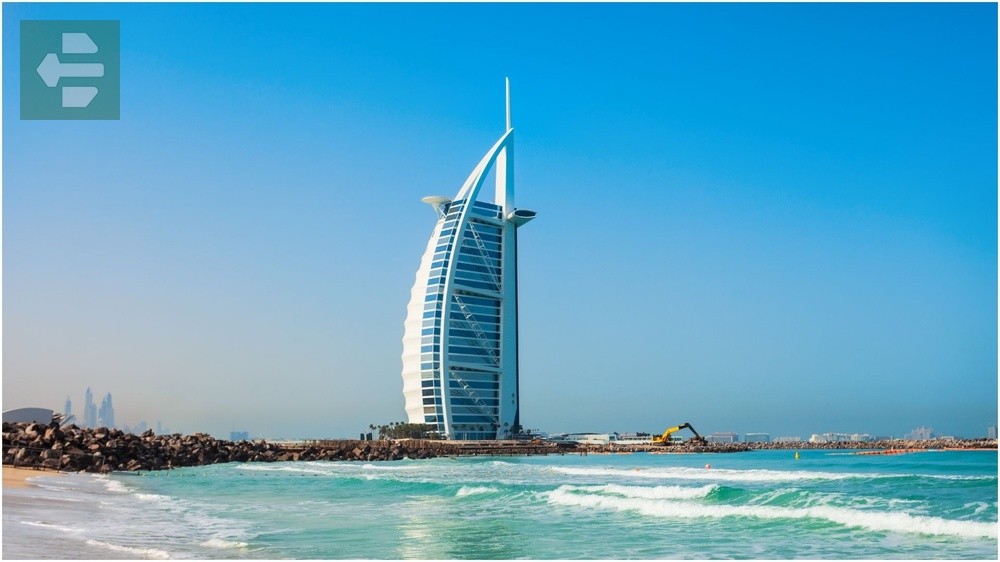
Non-guests can experience the opulence through afternoon tea reservations or guided tours that reveal the atrium's towering height and panoramic elevator views to the 25th floor.
The golden hour before sunset transforms the white facade into a glowing beacon. Photography from nearby Jumeirah Beach captures the hotel's reflection in the gentle waves.
Quick Facts:
- Peak Season: November to March
- How to Get There: Taxi from Dubai Marina or Downtown
- Entrance Fee: From AED 500 (tours/dining)
- Suggested Duration: 2-3 hours
- Sub-locations: Sky View Bar, Al Muntaha Restaurant, Junsui Lounge
5. Dubai Marina: Waterfront Living
This man-made marina stretches along a 4-kilometer canal lined with towering residential buildings and luxury yachts. The pedestrian promenade forms a complete 7-kilometer loop, perfect for evening strolls when building lights reflect in the calm water.
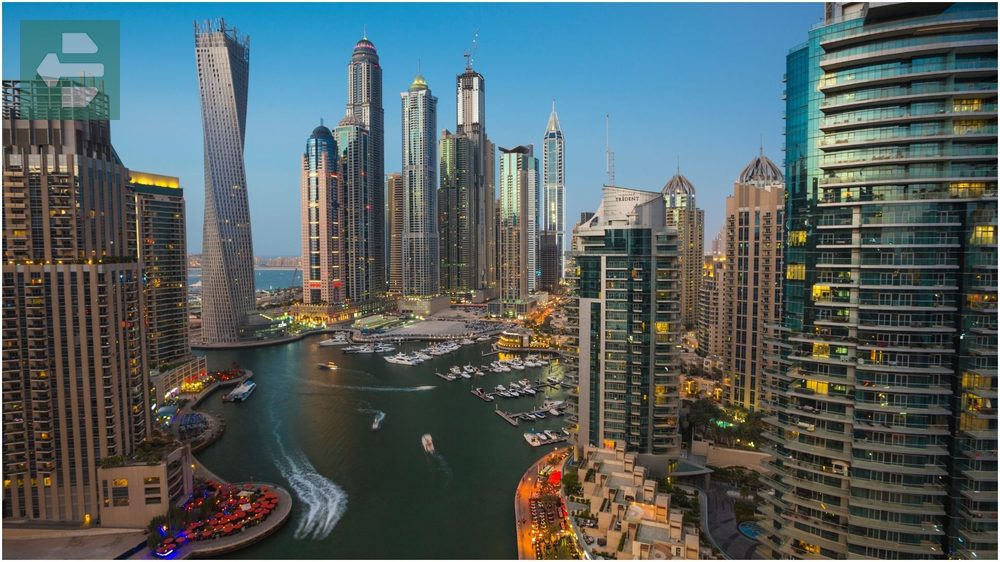
The four bridges crossing the canal provide ideal photography spots, especially at sunset when golden light illuminates the JBR high-rises. Marina Walk buzzes with outdoor restaurants where you can watch boats navigate the narrow waterways.
Morning joggers claim the promenade before 8 AM, while evening crowds gather for dinner and people-watching. The nearby tram connects seamlessly to Palm Jumeirah attractions.
Quick Facts:
- Peak Season: October to April
- How to Get There: Dubai Metro to DAMAC Properties Station
- Entrance Fee: Free
- Suggested Duration: 2-4 hours
- Sub-locations: Marina Walk, JBR Beach, The Walk, Marina Mall
6. Gold Souk: Glittering Traditions
The covered market houses over 300 shops displaying 10 tons of gold jewelry in gleaming window displays. Traditional Emirati, Indian, and international designs compete for attention along narrow corridors that have served Dubai's gold trade for decades.

Bargaining remains essential—initial prices typically drop 20-30% through polite negotiation. Shop owners offer Arabic coffee while you examine intricate pieces, maintaining customs that predate Dubai's modern transformation.
Visit during cooler evening hours when the souk comes alive with local families and tourists. The traditional abra boat ride across Dubai Creek to reach the souk adds authenticity to your experience.
Quick Facts:
- Peak Season: October to March evenings
- How to Get There: Dubai Metro to Al Ghubaiba, then abra boat
- Entrance Fee: Free
- Suggested Duration: 1-2 hours
- Sub-locations: Traditional jewelry shops, watch dealers, precious stones
7. Spice Souk: Aromatic Journey
The historic market fills narrow alleys with sacks of cardamom, cinnamon, saffron, and dried fruits creating an olfactory adventure. Vendors offer tastings of dates, nuts, and traditional sweets while explaining the origins of exotic spices from across the Middle East and Asia.

The traditional frankincense and oud (agarwood) provide authentic Arabian fragrances. Small shops specialize in herbal remedies and teas that locals have trusted for generations.
Morning visits offer the fullest selection before popular items sell out. Shopkeepers speak multiple languages and enjoy sharing stories about their family businesses passed down through generations.
Quick Facts:
- Peak Season: October to March mornings
- How to Get There: Adjacent to Gold Souk, Al Ghubaiba Metro
- Entrance Fee: Free
- Suggested Duration: 1 hour
- Sub-locations: Herb shops, spice merchants, traditional sweets vendors
8. Dubai Creek: Historic Heartbeat
This natural saltwater inlet shaped Dubai's development as a trading port, stretching 14 kilometers inland from the Persian Gulf. Traditional dhow boats still carry goods between Bur Dubai and Deira sides, maintaining commercial patterns established centuries ago.

The wooden abra ferries cross the creek for just one dirham, offering the same views that pearl divers and merchants enjoyed before skyscrapers changed the skyline. Creek Park provides green space along the waterfront with peaceful walking paths.
At dusk, when the last dhows return from their daily routes, you witness Dubai's connection to its maritime heritage. The creek remains cooler than surrounding streets, creating natural breezes.
Quick Facts:
- Peak Season: November to March
- How to Get There: Al Ghubaiba or Al Fahidi Metro stations
- Entrance Fee: AED 1 (abra crossing)
- Suggested Duration: 2-3 hours
- Sub-locations: Al Fahidi Historical Neighbourhood, Bur Dubai Souk, Creek Park
9. Atlantis The Palm: Underwater Kingdom
Located at Palm Jumeirah's apex, this resort houses 65,000 marine animals in the Lost Chambers Aquarium, where ancient Atlantis mythology meets modern marine science. The 60-foot glass sculpture in the lobby contains over 3,000 pieces of blown glass in ocean-inspired blues and greens.

Aquaventure Waterpark provides thrills through shark-filled tunnels and record-breaking water slides. The resort operates as a complete destination with private beaches, multiple pools, and dining options ranging from Japanese to Lebanese cuisine.
The Dubai Balloon on-site lifts visitors 300 meters above Palm Island for aerial views. Evening walks through the resort reveal illuminated fountains and the resort's impressive scale.
Quick Facts:
- Peak Season: November to April
- How to Get There: Taxi from Dubai Marina or Palm Jumeirah Monorail
- Entrance Fee: From AED 280 (day pass)
- Suggested Duration: Full day
- Sub-locations: Lost Chambers Aquarium, Aquaventure, White Beach, Dubai Balloon
10. Desert Safari: Timeless Adventure
The Arabian Desert begins just 45 minutes from Dubai's city center, where red dunes stretch endlessly under vast skies. Skilled drivers navigate the shifting sands in 4WD vehicles, creating a roller-coaster experience over dunes that can reach 200 meters high.

Traditional Bedouin camps provide dinner under star-filled skies, with entertainment including camel rides, henna painting, and falcon demonstrations. The silence of the desert at sunset creates a meditative contrast to Dubai's urban energy.
Evening safaris offer the complete experience—watching the sun disappear behind dunes while temperatures cool from scorching to comfortable. The desert changes character completely after dark.
Quick Facts:
- Peak Season: October to March evenings
- How to Get There: Hotel pickup included in most packages
- Entrance Fee: From AED 150
- Suggested Duration: 4-6 hours
- Sub-locations: Al Lahbab Desert, Al Aweer Desert, Bedouin camps
11. Dubai Fountain: Dancing Waters
The world's largest choreographed fountain system shoots water 150 meters high, synchronized to music ranging from Arabic classics to international hits. Located on the 30-hectare Burj Lake, the fountain uses 6,600 lights and 25 color projectors to create evening spectacles.

Shows occur every 30 minutes from 6 PM to 11 PM daily, with additional afternoon performances. The free entertainment draws crowds to the waterfront promenade, creating a festival atmosphere around Burj Lake.
The floating boardwalk brings you nine meters from the fountain jets for an immersive experience. Views from Burj Khalifa's observation decks provide a unique aerial perspective of the performances.
Quick Facts:
- Peak Season: Year-round evenings
- How to Get There: Burj Khalifa/Dubai Mall Metro Station
- Entrance Fee: Free (boardwalk AED 20)
- Suggested Duration: 1-2 hours
- Sub-locations: Burj Lake Boardwalk, Fountain Promenade, Souk Al Bahar
12. Museum of the Future: Tomorrow Today
This architectural marvel features Arabic calligraphy cut into its stainless steel facade, creating an oval structure that appears to float above its foundation. Inside, seven floors transport visitors to 2071 through immersive exhibits exploring space exploration, climate solutions, and human enhancement.

Interactive installations allow you to experience mixed-reality rainforests, consult AI oracles, and design solutions for future challenges. The building itself demonstrates sustainable technologies and innovative construction techniques.
Morning visits offer smaller crowds and better interaction with exhibits. The museum challenges visitors to imagine possibilities rather than displaying static artifacts, creating a uniquely forward-looking cultural experience.
Quick Facts:
- Peak Season: November to March mornings
- How to Get There: Dubai Metro to Emirates Towers Station
- Entrance Fee: From AED 149
- Suggested Duration: 3-4 hours
- Sub-locations: Tomorrow Today Gallery, OSS Hope Space Station, Heal Institute
Your Dubai Adventure Awaits
Dubai transforms every expectation into reality, where engineering marvels stand beside ancient traditions and desert adventures complement urban sophistication. These twelve destinations showcase a city that refuses to settle for ordinary.
Pack comfortable walking shoes and prepare for sensory overload. Your phone will fill with photographs, but the memories will last far longer.
The best places to visit in Dubai offer experiences you'll struggle to describe to friends back home. Start planning your journey—this remarkable city is ready to exceed every expectation you bring.
